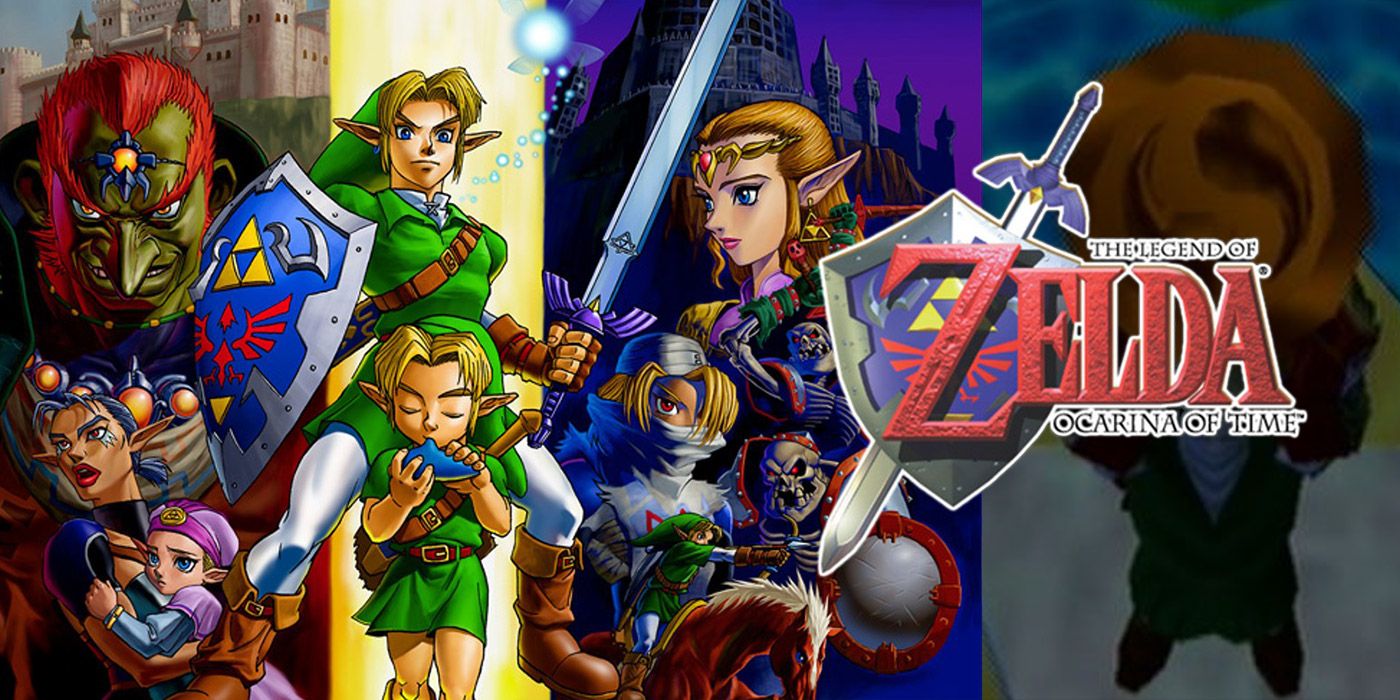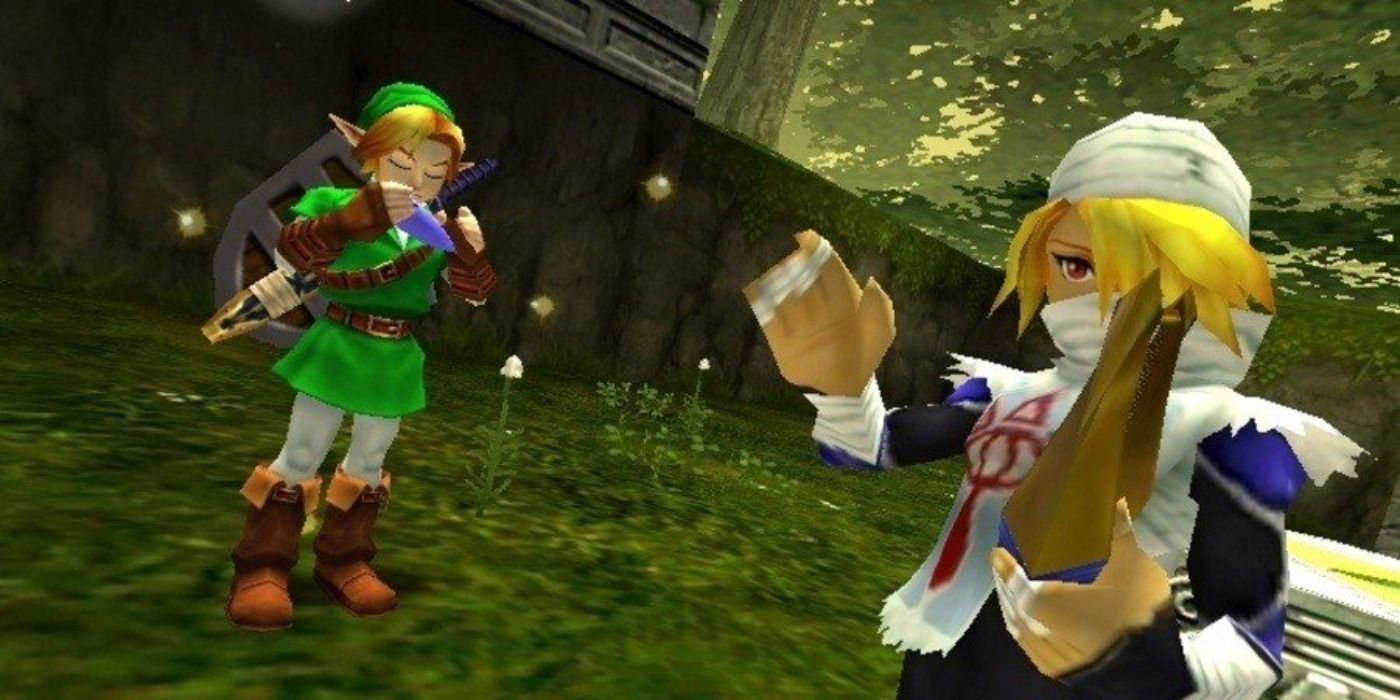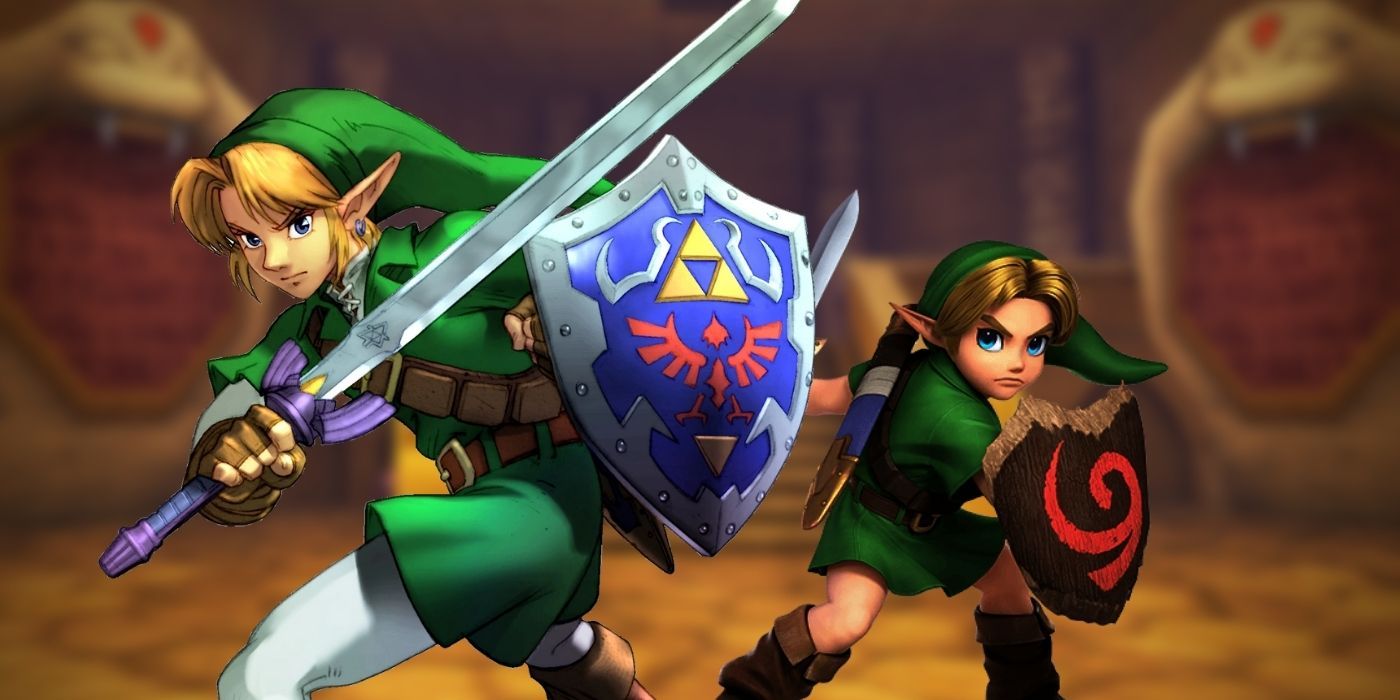Since its release in 1998, The Legend of Zelda: Ocarina of Time has been critically acclaimed as one of the best entries in The Legend of Zelda series as well as one of the all time greats in the video gaming industry as a whole. Its epic quest, memorable characters, and unforgettable music have been etched into the memories of players throughout its time on the market.
So it's all the more fitting that how these concepts of memory and time help the game be cherished in a real world context are also prominently featured in one of Ocarina of Time's most memorable locations: the Spirit Temple. Serving as the last main Temple to overcome before the final confrontation with Ganondorf, the level serves as a fitting reminder of the game's many themes all wrapped into one as well as capturing the essence of what it means to grow up.
Time Goes By
Being right there in the name of the game, Ocarina of Time spends a great deal of its narrative tackling ideas of time travel and the changes that occur as days go by. For roughly the first third of the adventure, players control Link as a child, meeting the many denizens of the world and becoming familiar with the wonders and secrets of Hyrule as a whole. Gamers may come to appreciate the serenity of Zora's Domain or cozy warmth of Lon Lon Ranch, all while finding favorites among the many colorful characters to be found in Ocarina of Time's world.
Then in a shocking plot twist for the time, halfway through the experience Link is trapped in the Temple of Time and awakens in a world that is no longer the one that he (and by extension, the player) are familiar with. The people have changed, towns are left in ruins or a grim shadow of what they used to be, and the general tone of the game takes a much more somber turn. This shift causes a longing for the brighter, more hopeful Hyrule that the player experiences during the earlier moments in Ocarina of Time, when Link was a child.
Deja Vu
Taking these ideas into account, the appreciation of Link's youth and subsequent tension of being in Hyrule as an adult reach a boiling point upon arriving at the Spirit Temple. The main gameplay mechanic in order to conquer the trials of the Spirit Temple, is that the player needs to go back and forth through time and return as both the young and adult versions of Link, as certain sections of the location require specific skills unique to both.
This process causes the player to cross paths with Nabooru several times during this process, seeing how actions in the past affect the future and furthermore how playing as adult Link provides the benefit of hindsight to times as child. The constant repetition of returning to the Temple of Time to both reverse and advance the flow of time is a reminder for how things are changing, with the juxtaposition of Hyrule experienced through youth and maturity being used as the motivation to see things through to the end.
If the final moments of a video game are meant to combine all the skills a player learns, in order to show how much progress has been made, then Ocarina of Time takes the concept quite literally in terms of both gameplay and narrative. Switching back and forth through time literally shows the difference between playing as both young and adult Link, to make good use of all the tricks and tools gained on the way. It's a moving and satisfying way to cap off one of the best games in the Zelda catalogue.
The Legend of Zelda: Ocarina of Time is available on Nintendo 64.



